
Drop forging manufacturer
 sales@dropforging.net
sales@dropforging.net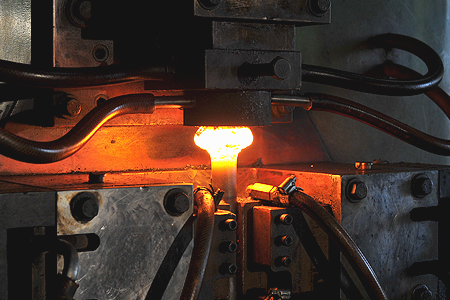 The material that is selected for forging process must be one that can achieve the required physical and mechanical properties. Where alloys from several groups meet performance requirements, the most economical alloy, in terms of material and processing costs, should be chosen. See below summary on making a preliminary selection of forging materials:
The material that is selected for forging process must be one that can achieve the required physical and mechanical properties. Where alloys from several groups meet performance requirements, the most economical alloy, in terms of material and processing costs, should be chosen. See below summary on making a preliminary selection of forging materials:Carbon, microalloyed and alloy steels are low to moderate in cost. The main cost drivers are processing and machining. The alloys are readily hot forged and some shapes are cold forgeable in selected alloys. When precision or closed die forgings are anticipated, the designer should be aware that eventual purchased quantities of forgings should be large enough to justify the typical added tooling preparation charge. There are times when the added tooling costs are well justified to eliminate a difficult to machine shape regardless of purchase quantities.
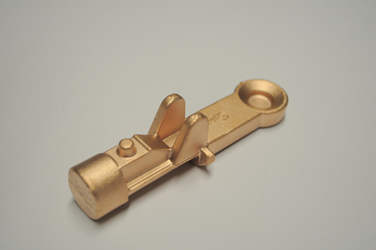 Copper forging offers a number of advantages over copper products made by other processes (such as copper casting). Dimensional precision is greater than by casting, working the alloys develops improved strength, and overall cost is modest. Zero draft forgings are possible, though not always practical. However, minimum draft forgings are being produced. Minimum draft capability is independent of alloy composition; alloys that can be forged by conventional means can be forged to minimum draft angles approaching 1°.
Copper forging offers a number of advantages over copper products made by other processes (such as copper casting). Dimensional precision is greater than by casting, working the alloys develops improved strength, and overall cost is modest. Zero draft forgings are possible, though not always practical. However, minimum draft forgings are being produced. Minimum draft capability is independent of alloy composition; alloys that can be forged by conventional means can be forged to minimum draft angles approaching 1°.Copper forgings are common and provide near-net shape parts with minimal waste. Copper forgings mainly include brass forging whose major alloying element is zinc, and bronze forging whose major alloying element is other than zinc, such as silicon bronze and aluminum bronze. Pour copper contains very high copper content, typically 98% or more, such as beryllium copper. Copper based alloys are designated by a six-character alpha-numeric system. The first character is C, indicating the copper base. The next five are numeric characters. The first numeric indicates the major group, and the remaining four designate the alloys within the group.
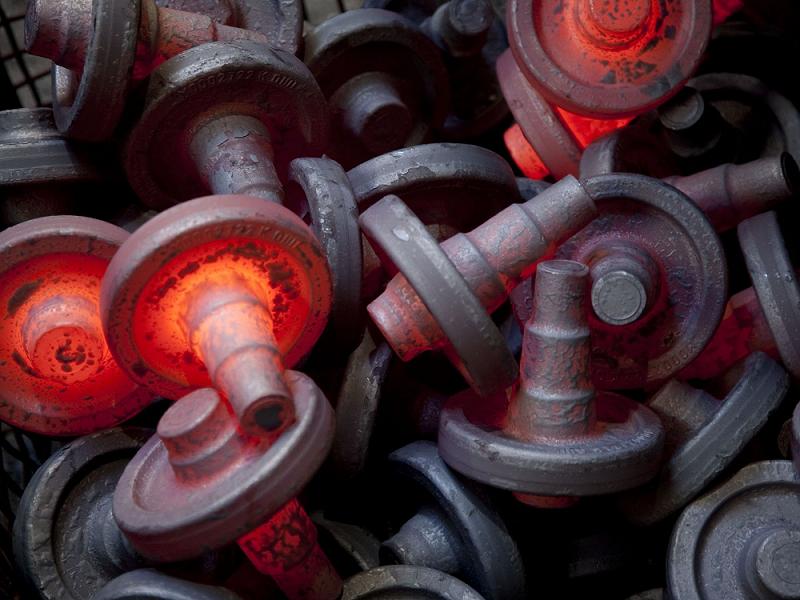
Drop, press, rolling, hot, cold, warm; there is a wide variety of processes that forging materials can take to manufacture parts for today’s consumers and enterprises. However, there is one manufacturing process that stands out among them all for value, time, and dependability: drop forging.
Similar to press, and ring rolled forgings, with closed-die drop forgings the billet is heated to a point of most malleability without changing to liquid state; it remains in a solid state the entire forging process. Casting on the other hand takes a material and heats it completely to the melting point and pours this liquid metal into a formed cast (see casting vs forging). This is easier to produce more geometrically complex shapes however, the durability and overall quality is lesser, takes more resources, and is not as cost effective with material scrap. Drop forgings minimize wasted material and are cost-effective, quick, and retain their durability under considerable stresses. This makes drop forging best for industrial metal components.
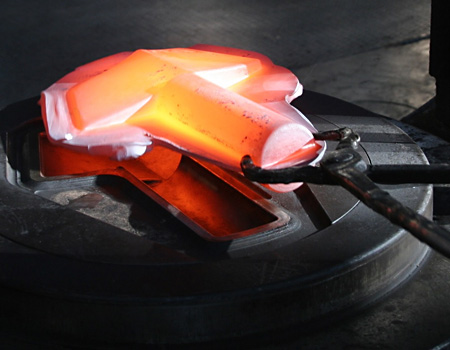
The drop forging process can create parts that are stronger than those manufactured by any other metalworking process. This is why forgings are almost always used where reliability and human safety are critical. But you'll rarely see drop forgings, as they are normally component parts contained inside assembled items such a airplanes, automobiles, tractors, ships, oil drilling equipment, engines, missiles and all kinds of capital equipment - to name a few.
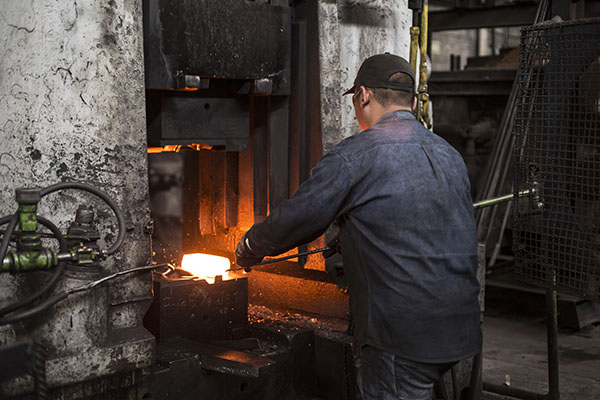
Drop forging is a superior to casting or machining bar stock since the metal’s natural grain flow is made to conform to the shape of the product. Castings have an isotropic grain structure and, for a given part, may be as strong in compression loads, but forgings are superior in tensile and shear loads due to the utilization of the grain flow.
Fly Forge typically uses specialty bar stock as our incoming raw material. As these metal bars are heated and forged, the grain structure within the material is forced to flow along the centerline of the bar. When a forging is produced from the bar, this inherent grain flow follows the contour of the forged shape. Any machined part, whether produced from bars or plate, will by definition cut through part of the grain flow. Castings essentially have no grain direction. This is one of the primary reasons forging produces a superior part.
The structural reliability of drop forgings allows designers to trust the material to adhere to the safety factors of the design. It also can provide more uniform response to heat treatment and machining operations.

Claw-pole is a key part of the automotive generator and also the main component forming a rotating magnetic field. Shown in below picture, the shape is very complex with six high and sharp claws. Its shape and electromagnetic properties directly affect wave form of the induced EMF and power generation capacity of the AC alternator, so size accuracy is highly required.
Although there are lots of suppliers for forging claw pole, there still exsit difficulties to make this part, such as the process is multi-step and long, lifespan of the mould is short, cost is high, and the quality is hard guaranteed.
The main reasons are that the top of claw-pole is hardly completely filled, loading of the forging is heavy (more than 1000 tons), consumption of the burrs is high and the flow line of metal is complex. How to form the top of claw-pole with lighter loading, reduce the material consumption and make the flow line more conductive, all the above issues are the key difficulties in producing claw pole.
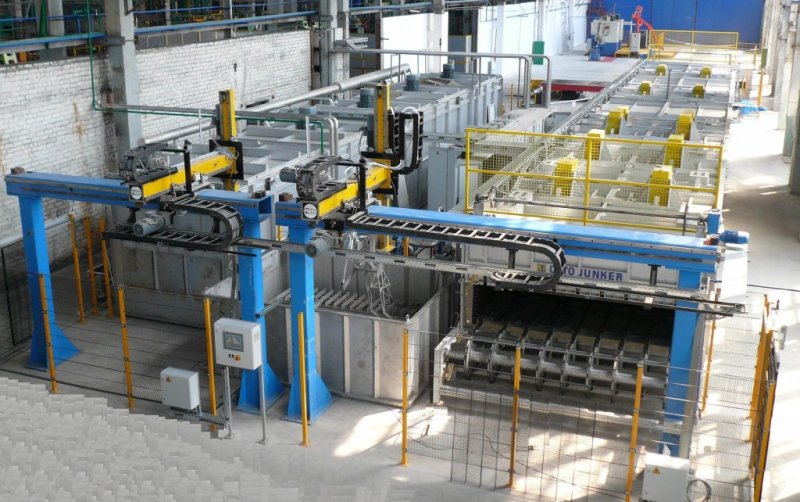
Aluminum forgings are heat treated for the same purpose as steel forgings: to relieve stresses, improve mechanical properties or facilitate machining. The processes generally produce nearly uniform properties throughout the forging, and are not used for localized effects such as surface hardening.
For most of the forged aluminum alloys: 6061, 6063 and 7075, most commonly used heat treatment method is T6 heat treatment. T6 heat treatment of aluminum forgings offers increase in hardness and other mechanical properties, which is often required for many applications.
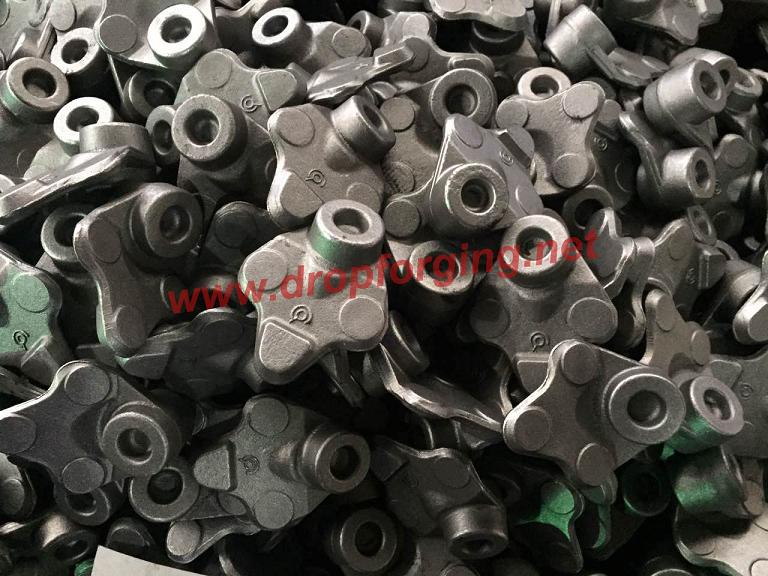
It takes a certain amount of time and energy to qualify a potential forging supplier. Getting the best value from any forging requires a cooperative effort on the part of the customer and the forging supplier. Good planning ahead of time will pay dividends for both you (the customer) and the supplier.
Assuming you have a drop forging part ready for sampling or production, the first place to start with any new forging company is to request pricing for the part. The purpose of requesting a quotation for a forging is to determine capability, experience and the lowest possible forging price of a potential vendor supplier. It is always advisable to have more than one forging company participate in the quoting process.
Steel and aluminum are the two most popular closed die forging materials used in hot forging. Each material has a defined and distinct set of characteristics that make it the right – or the wrong – material for the application. Below are the main differences of steel forging and aluminum forging, that can help you to consider your design with a ideal forging material.
Cost
Cost and price are always an essential factor to consider when making any product by hot forging. The price of steel bars and aluminum bars is continually fluctuating based on global supply and demand, fuel costs and the price and availability of iron and bauxite ore; however steel is generally cheaper (per pound) than aluminum. The cost of raw materials has a direct impact on the price of the finished forged products.
Cost
Cost and price are always an essential factor to consider when making any product by hot forging. The price of steel bars and aluminum bars is continually fluctuating based on global supply and demand, fuel costs and the price and availability of iron and bauxite ore; however steel is generally cheaper (per pound) than aluminum. The cost of raw materials has a direct impact on the price of the finished forged products.
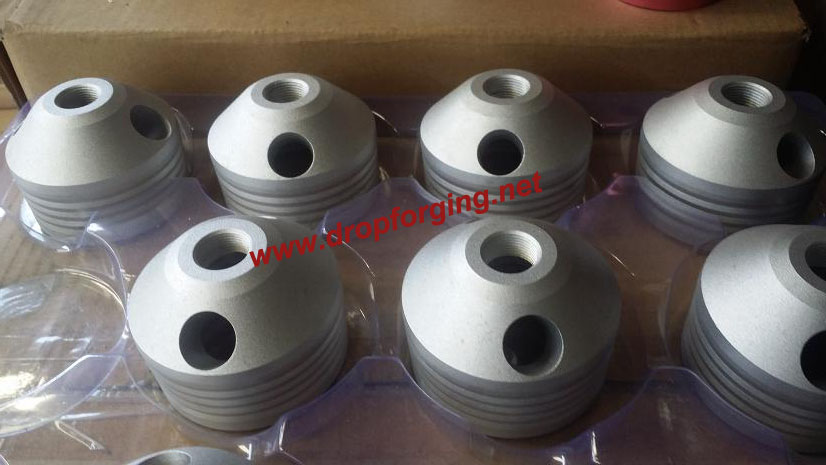
6061 and 6063 aluminum alloys are the most common alloys for forging. Although they possess many of the same qualities, they each offer their own distinct properties that mean manufacturers need to do their research when deciding between them.
The second most popular aluminum for forging, 6061 is precipitation-hardened and uses magnesium and silicon as its major alloying elements. It was first developed in 1935 as part of the early advances in the aircraft industry. It offers good weldability and machinability, good joining characteristics, accepts applied coatings well, and is highly corrosion resistance while having a high strength to weight ratio. In contrast, 6063 is the most popular aluminum used for forging. It also uses magnesium and silicon as its alloying elements. Its unique properties allow it to be formed into complex shapes with very smooth surfaces, making it fit for anodizing. Its major drawback compared to 6061 is that it does not have the same level of strength.
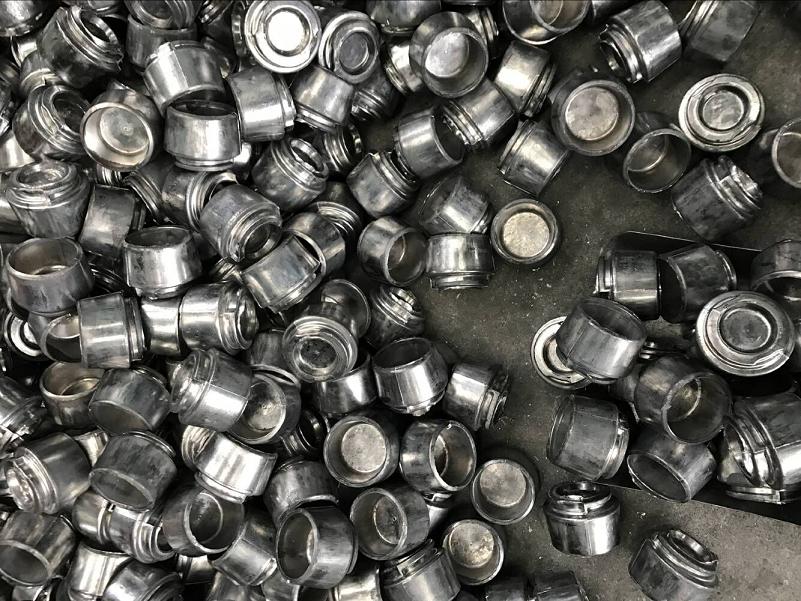
Fly Forge, is one of the most important aluminum forging companies in China for various industries. With 9 production facilities in our company, all equipped with state-of-the-art tools and machines, we cover the whole spectrum of forging techniques and provide the complete development of components, from the design to the production. We forge all types of aluminum forgings required.
The Employees at Fly Forge are committed to servicing our customers through the entire process, from quoting to receiving our products. Every customer is different, each with their own needs and expectations. We take the time to understand how your business works so that we can exceed your expectation on every order. We want to make sure that when an aluminum forging is needed Fly Forge is the only manufacturer that comes to mind.
